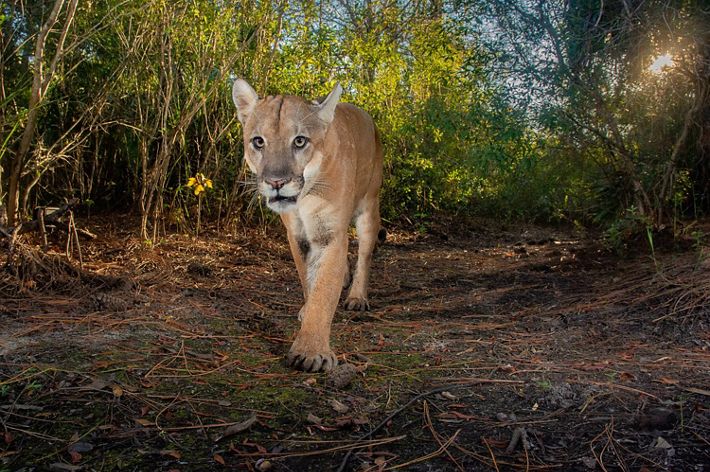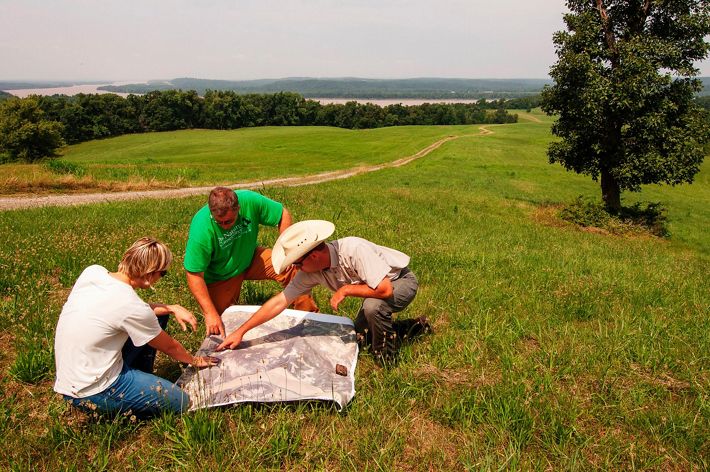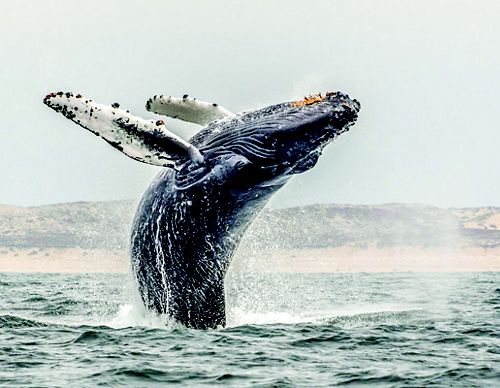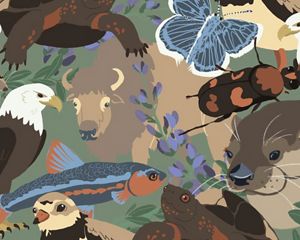The Recovering America’s Wildlife Act will help safeguard habitats and biodiversity, slow extinction rates and secure a brighter future for people and nature.
Update: On March 30, 2023, U.S. senators reintroduced the Recovering America's Wildlife Act. If passed into law, the act would be the largest investment in U.S. wildlife conservation in decades. See TNC's statement.
Help Protect Wildlife
The Recovering America's Wildlife Act can help save struggling wildlife and provide jobs.
Tell Congress to Pass ItOver a third of America’s fish and wildlife species are at risk of extinction. Over 1,600 species are already listed under the Endangered Species Act (ESA) with state fish and wildlife agencies identifying more than 12,000 additional species that need conservation help now.
It is part of a disturbing global decline to the diversity of life on earth, but the loss of this biodiversity is not just a threat to the species themselves. With Americans spending $140 billion on wildlife-focused recreation every year, it's also a threat to communities and the economies that depend on them.
The Recovering America’s Wildlife Act (S. 1149), or RAWA, would be the most significant investment in wildlife conservation in decades providing $1.397 billion to fund local and state efforts to help recover endangered species and to prevent at-risk wildlife from becoming endangered.
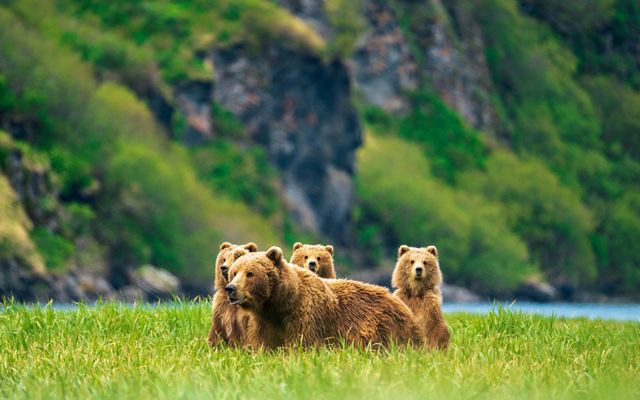

How RAWA Benefits Wildlife and People
-
$1.397B
RAWA would provide billions for local and state efforts to help endangered wildlife.
-
13,500+
Species have been identified as endangered or in need of conservation help.
-
$97.5M
For supporting dedicated tribal wildlife conservation efforts.
-
33,600
RAWA doesn't just support wildlife. The bill could generate as many as 33,600 direct jobs every year.
State wildlife agencies are in a unique position to help avert wildlife loss and protect America’s biodiversity.
Every 10 years, state wildlife agencies collaboratively assess how wildlife in their respective states are doing recording species that are in decline and in need of proactive conservation attention.
Together with partners, state fish and wildlife agencies have had great success restoring species that were once on the brink of extinction, including bald eagles, peregrine falcons, white-tailed deer, turkey, elk, striped bass and more.
These are all examples of fish and wildlife that now have healthy and thriving populations thanks to dedicated funding for increased conservation efforts.
To date, 80% of the funding for state wildlife agencies comes from state hunting and fishing licenses and permits as well as federal excise taxes on hunting and fishing gear.
While this funding model has worked for decades, the accelerating loss of biodiversity requires a new approach and more investment.
RAWA would be the most significant investment in wildlife conservation in decades.
The proposed $1.397 billion bill would be used for on-the-ground conservation efforts such as conserving and restoring habitats, fighting invasive species, reintroducing native species and tackling emerging diseases.
Approximately $1.3 billion would be spent by state fish and wildlife agencies, in partnership with state-based conservation entities. The state agencies will use the funding to implement their congressionally mandated state wildlife action plans. These detailed plans incorporate science and public input and are approved by the U.S. Fish and Wildlife Service.
The remaining $97.5 million will go towards supporting tribal wildlife conservation efforts.
Taking action when species are just starting to decline rather than waiting until they are threatened with imminent extinction is a smart investment.
If a species is in such bad shape that it qualifies for the “emergency room” measures of the ESA, it is much more difficult—and more expensive—to recover the species.
Saving wildlife is an investment in a clean, sustainable, and thriving economy for rural and urban communities alike.
Efforts to recover a fish species by restoring a wetland, for example, not only benefit that species but can improve local water quality, protect that community from flooding and create jobs.
Overall, RAWA could generate as many as 33,600 direct jobs every year in fields ranging from construction to forestry, as well as boost the country’s outdoor recreation economy.
RAWA is good for wildlife, good for people and good for business.
Tell Congress to Save America’s Wildlife
Add your name now to urge your elected officials to pass RAWA and save America’s threatened wildlife. Time is running out to conserve our most vulnerable species.


